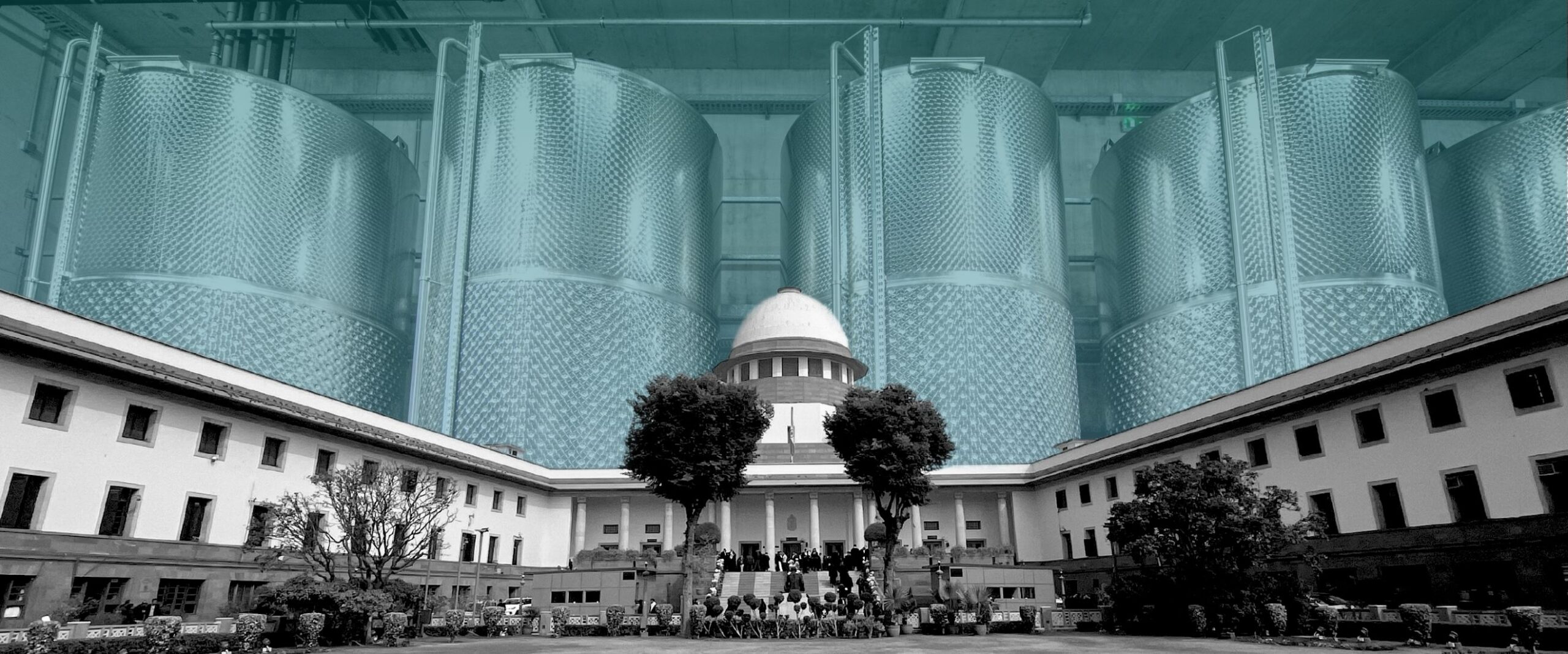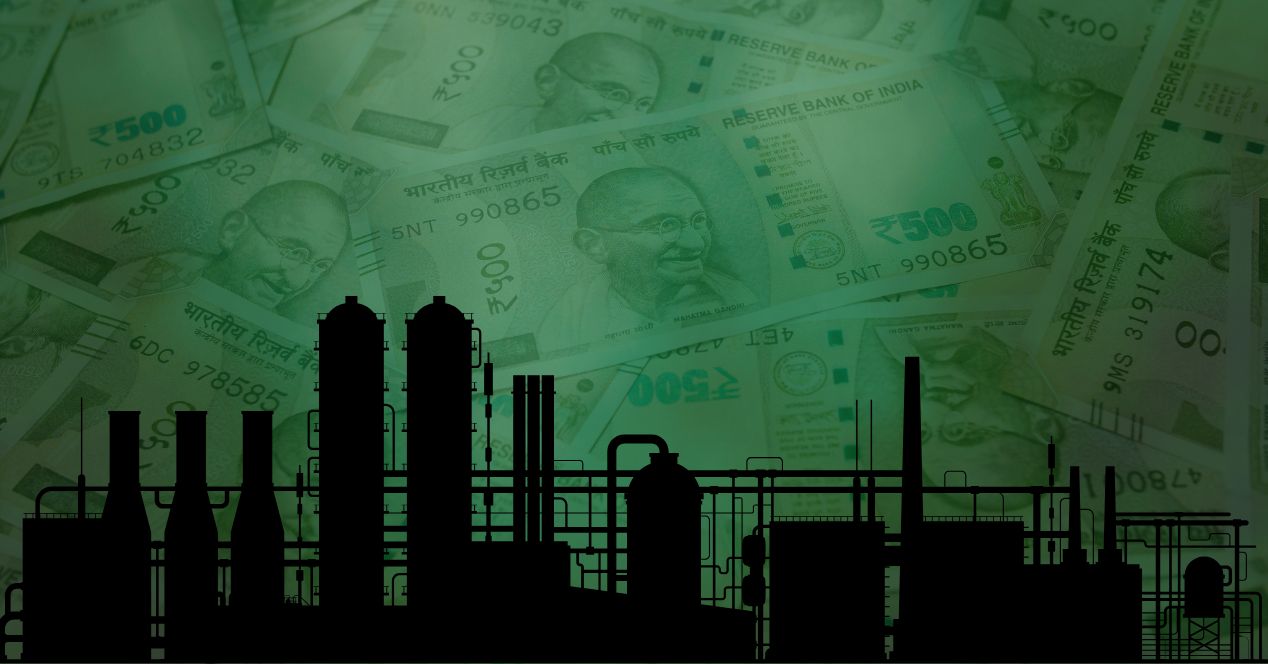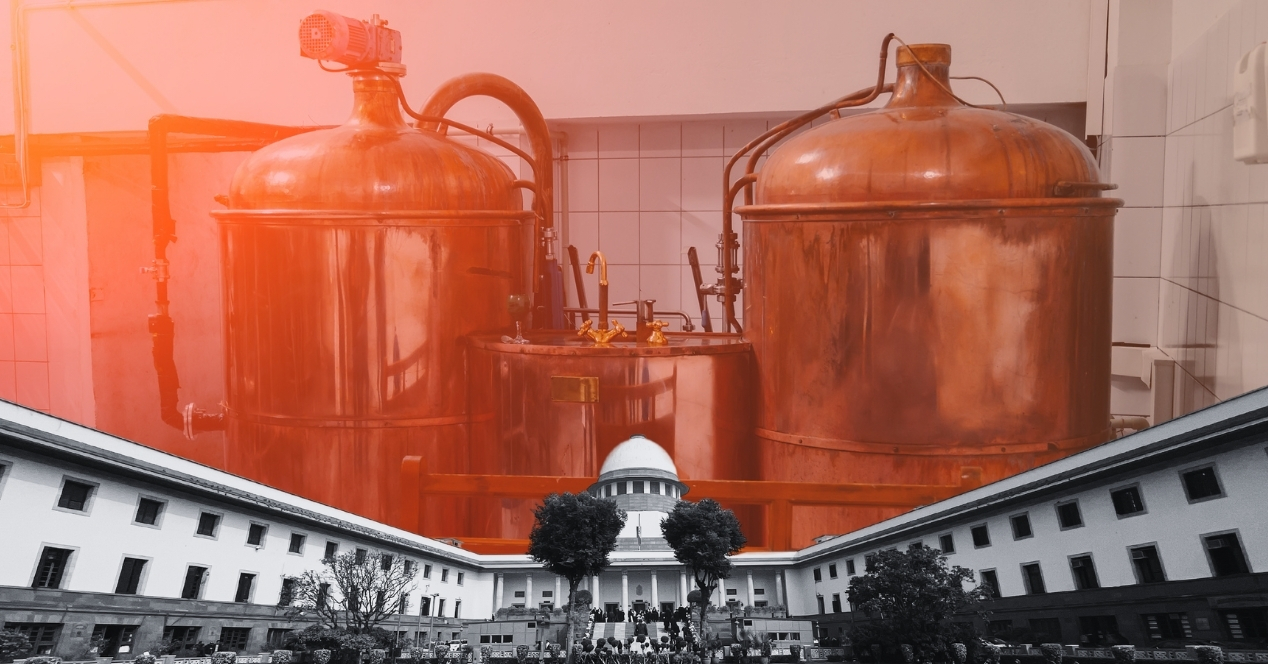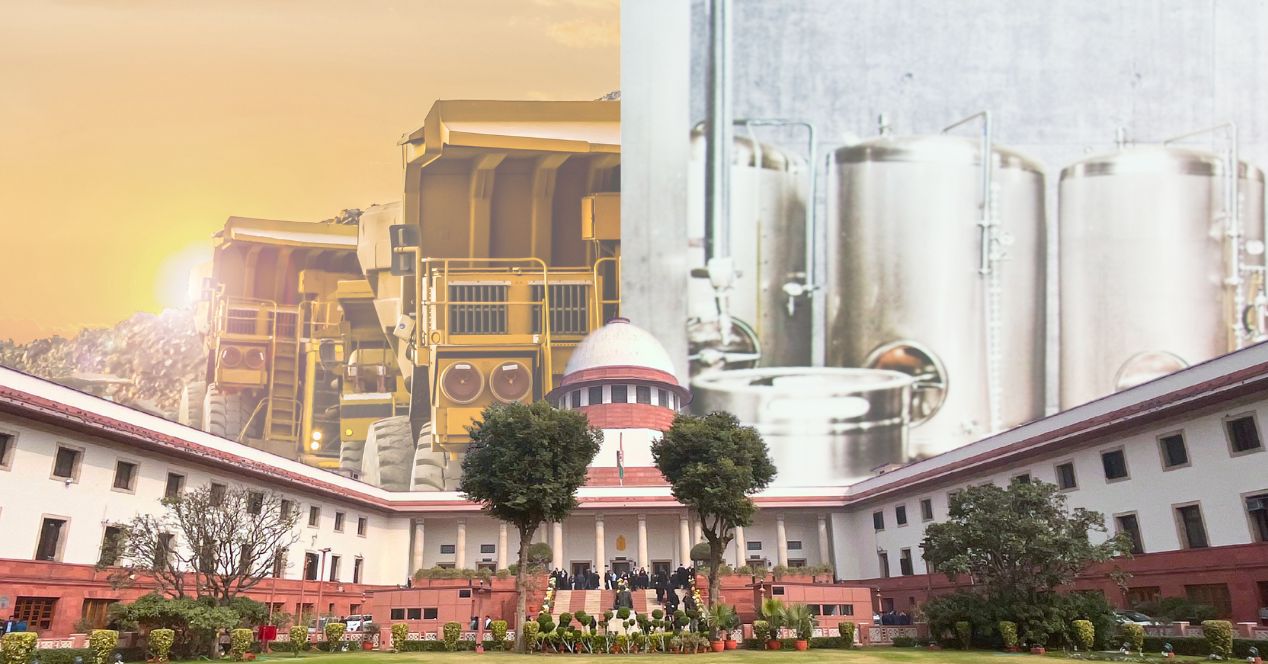Analysis
One size need not fit all: The possible consequences of the industrial alcohol judgement
The decision heralds a welcome shift in jurisprudence by giving states power to regulate the misuse of industrial spirits in potable liquor

On 23 October 2024, in State of Uttar Pradesh v Lalta Prasad Vaish, a nine-judge bench of the Supreme Court delivered its judgement on the power of states to regulate industrial alcohol. Eight judges in the majority held that state governments had the power to regulate industrial alcohol as it fell within the scope of Entry 8 of the State List.
The majority also held that Parliament lacked legislative competence to enact a law taking control of the industry of intoxicating liquor under the “public interest” provision in Entry 52 of the Union List.
The decision marks a significant jurisprudential shift as it overruled the seven-judge bench in Synthetics and Chemicals v State of Uttar Pradesh (1989) that had occupied the field for around 35 years. I analyse the possible consequences of Lalta Prasad.
Cracking down on hooch
From a reading of the judgments delivered after Synthetics and Chemicals, it can be observed that the Court interpreted Entry 8, List II to allow states to regulate the diversion or misuse of potable or industrial spirits during the course of manufacture of industrial alcohol. However, once the spirit assumed the character of an industrial alcohol, the Court limited a state’s powers to regulate the process of renaturing or misuse.
In State of U.P v. Vam Organics-II (2003), the Supreme Court held that though the state government is competent to levy a fee to ensure that the industrial alcohol is not converted to potable alcohol, this power stops at the stage of denaturation. The bench stated that even on the assumption that denatured alcohol could be converted into potable liquor, the state would not have the power of regulation. A three-judge bench in Deccan Sugar and Akbari v. Commissioner of Excise A.P. (2004) held that the state has no jurisdiction to levy excise duty on rectified spirit though it was capable of being used for the production of potable liquor. As a consequence of the Supreme Court’s interpretation of Entry 8 of List II in cases like the ones mentioned above, states lost the power to effectively regulate ‘hooch’.
‘Hooch’ refers to alcohol of inferior quality or alcohol which is illicitly made. Typically, industrial spirits like methanol and rectified spirits are added to country liquor to increase the alcoholic strength of the beverage. Another reason for the use of industrial alcohol as a base in the production of spurious alcohol is its cheaper cost.
In India, this form of alcohol has posed a great danger to public health and has claimed several lives. Between 2016 and 2020, deaths due to consumption of hooch averaged around 1000. In states like Uttarakhand, Special Investigation Teams have been constituted following hooch tragedies.
Post the judgement in Synthetics, legislative attempts to regulate industrial alcohol have been met with judicial resistance. One of the more high-profile examples of this is from Maharashtra and concerns the Bombay Denatured Spirit Rules, 1959, which were introduced by the state to regulate various facets of the manufacture and sale of industrial alcohol.
The constitutionality of the Rules came under challenge in ARSS Biofuel v State of Maharashtra (2017). The government pleader highlighted that it was necessary to enact the Rules because there was virtually no control of the state government over the use or sale of denatured spirits. Yet, the Bombay High Court struck down Rules 23-62 which imposed regulations on the possession, use, sale, import, export and transport of denatured spirits. The High Court limited the licensing power of the state by holding that no licence would be required under the Maharashtra Prohibition Act for the sale, dehydration, import or export of denatured spirit.
In Bihar Distilleries and Bottlers v State of Bihar (2017), a three-judge bench of the Patna High Court examined the constitutional validity of certain provisions of the Bihar Prohibition and Excise Act, 2016 which aimed at enforcing, implementing and promoting a complete prohibition of “liquor and intoxicants” in Bihar. This legislation was enacted shortly after a hooch tragedy in 2016.
In 2017, a notification disallowed the renewal of licences of distilleries that manufactured Extra Neutral Alcohol (ENA) (a colourless, food-grade alcohol with applications in industries ranging from pharma to beverages) from grain. Thereby, Section 2(40)(ii) of the Act which defined ‘intoxicant’ to include ENA was challenged. The state argued that the notification was issued to prevent industrial alcohol from being converted to potable alcohol. The Court struck down the notification and also held that Section 2(40)(ii), in so far as it includes ENA within the ambit of intoxicant, is ultra vires to the Constitution and the Industries (Development and Regulation) Act.
These legal setbacks demonstrated the absence of regulatory power due to which the state was powerless to crack down effectively on hooch. Lalta Prasad marks a reversal of the trend because it allows states to formulate legislations that can address the spurious alcohol issue. The other way in which the decision could deter the use of industrial alcohol in spurious liquor is by increasing its cost—industrial alcohol is expected to become more expensive because states are now empowered to tax it.
Impact on state revenue
In the post-GST era, states have limited arenas to earn revenue. For many states, taxation of potable alcohol or regulation by way of imposing excise duty, special fee on foreign liquor, etc. has been a major source of revenue. Lalta Prasad opens up another dimension for alcohol-related revenue collection.
There is a possibility that the state regulations on industrial alcohol may drive up the prices of country-made liquor, which is made by diluting ENA or rectified spirits. As warned by Justice B.V. Nagarathna in her dissenting opinion, the imposition of financial levies might have an impact on allied industries ranging from synthetic fabrics to agrochemicals. This might result in industries preferring to relocate to states that have comparatively lenient regulatory mechanisms.
It is also important to note the clarification of the majority that products that use alcohol, such as hand sanitisers, would not fall under the ambit of Entry 8, List II. The shift in the regulatory landscape also has the potential of affecting industries that enjoyed the benefit of a uniform central scheme as in the case of biofuel and power alcohol (a mixture of petrol and alcohol, typically used as automobile fuel) industries.
A step forward for fiscal federalism
The majority opinion in Lalta Prasad is undoubtedly a win for federalism and is important in the doctrinal advancement of the theory of occupied field. The following holdings and clarifications may play a role in safeguarding states against an encroachment by the Centre:
- Despite Entry 52, List I (which allows Parliament to make laws to regulate industries in “public interest”) lacking the expression ‘to the extent to which’, an implied limitation was read in by the Court. The effect of it is that Parliament cannot take over the regulation of industries by a simple and abstract declaration. The law enacted by Parliament should specify the extent of control.
- There is a difference between ‘overlap’ and ‘conflict’ in the context of the Seventh Schedule. ‘Federal supremacy’ is applied only at the stage of conflict.
- Though Article 246(3) contains a subjugation clause as opposed to Article 246(1) which has a non-obstante clause, it cannot be interpreted in such a manner as to permit Parliament to enact laws with respect to entries in the State List.
The judgement is also a big step forward for fiscal federalism. Every state has different welfare considerations while making laws relating to alcohol. This can be witnessed in potable alcohol regulation where a state such as Bihar has a complete prohibition as opposed to Goa, which imposes lower excise rates to encourage production in the state.
Similarly, while regulating industrial alcohol, State ‘A’ might choose not to impose a regulatory fee whereas State ‘B’, which may have faced a hooch tragedy, might seek to impose a higher fee on industrial alcohol or strengthen licensing requirements for a specific time period. It is also important to note that some states have recorded zero deaths from hooch in certain years. The fiscal autonomy allowed to the states is important for effective and context-based governance.
The issue of GST on ENA is now academic
At the time of the hearings in Lalta Prasad in April 2024, there was an open issue about the implications of states being allowed to tax ENA and rectified spirit. This is because Goods and Services tax (GST) was already applicable on ENA. GST is defined under Article 366(12-A) of the Constitution as “any tax on supply of goods, or services or both except taxes on the supply of the alcoholic liquor for human consumption.”
In the 20th GST Council meeting in 2017, there had been a discussion on whether GST can be imposed on ENA and rectified spirit. Following the deliberations, the Council sought a legal opinion from then Attorney General K.K. Venugopal. In his opinion, Venugopal noted that the Supreme Court’s judgement in Bihar Distilleries (1997) did not create a legal bar on imposing GST on ENA used in the manufacture of potable alcohol. A GST of 18 percent was imposed based on this opinion.
But the question of law—whether GST can be imposed on ENA—was moot by the time the Lalta Prasad judgement was pronounced on 23 October 2024. Earlier that month, at its 52nd meeting, the GST Council had recommended that ENA used for the manufacture of potable liquor be kept outside the purview of the GST. The majority opinion noted that the question of whether “alcoholic liquor for human consumption” (in Entry 84 of the Union List and Entry 52 of the State List) may be read as “alcoholic liquor fit for human consumption” was not up for consideration in the case.
Conclusion
Though the majority opinion marks a sudden shift in jurisprudence, the judgement empowers state governments to deal with issues arising out of the diversion or misuse of industrial alcohol, which has a disproportionate impact on poor and marginalised people. The real impact of the judgement may be realised only when regulatory measures are formulated and implemented by the states in a timely manner.
Disclosure: The author assisted Senior Advocate Arvind Datar, who appeared for the states of Uttar Pradesh and Tamil Nadu in the Supreme Court litigation.
Jannani is a Chennai-based advocate. The views expressed in this article are personal.




